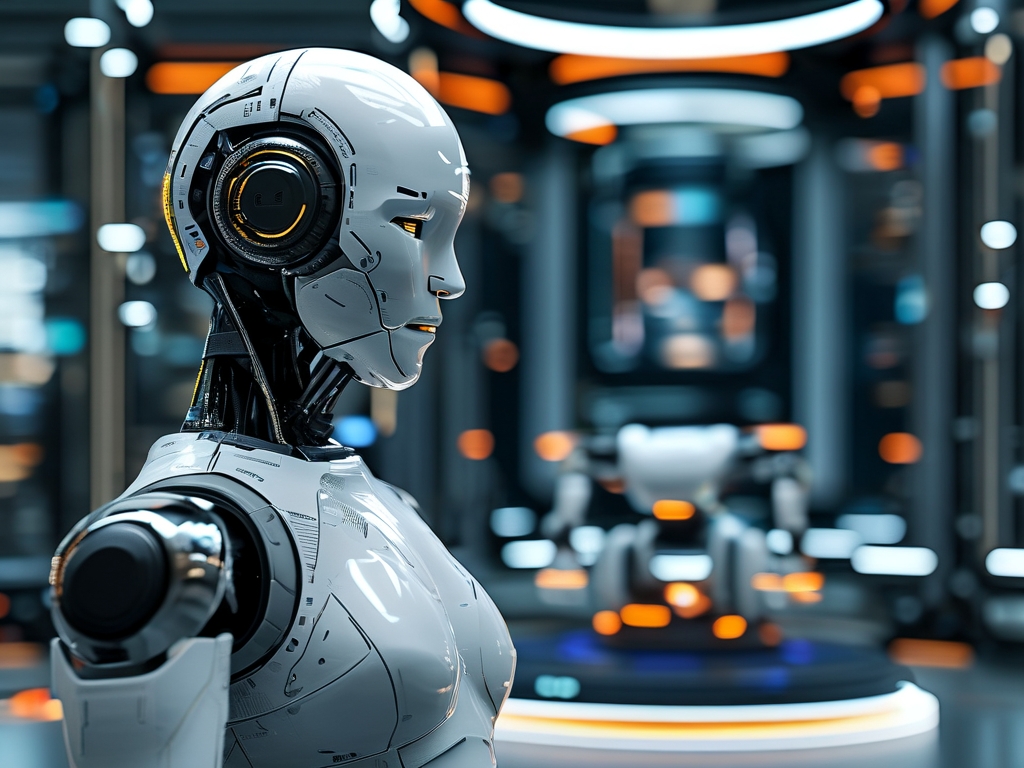The convergence of humanoid robotics and artificial intelligence (AI) is reshaping industries, redefining human-machine collaboration, and accelerating technological progress. Companies specializing in this niche are pushing boundaries to create machines that mimic human capabilities while integrating advanced cognitive functions. This article explores the groundbreaking work of AI-driven humanoid robotics firms and their impact on society.

The Evolution of Humanoid Robotics
Humanoid robots have transitioned from experimental prototypes to functional assets in less than a decade. Early models focused on basic mobility and repetitive tasks, but modern iterations incorporate machine learning, computer vision, and natural language processing. Companies like Boston Dynamics and Tesla have demonstrated how bipedal robots can navigate complex environments, while startups such as Figure AI are refining dexterous manipulation using neural networks. These advancements are made possible by breakthroughs in actuator design, sensor fusion, and energy-efficient computing.
AI's Role in Enhancing Autonomy
At the core of humanoid robotics lies AI's ability to process real-time data and make context-aware decisions. Reinforcement learning algorithms enable robots to adapt to unpredictable scenarios, such as uneven terrain or object recognition in cluttered spaces. For instance, researchers at OpenAI have developed systems where robots learn physical tasks through simulation-to-reality training, reducing the need for manual programming. This self-improvement capability allows robots to operate in dynamic settings like hospitals, warehouses, and disaster zones with minimal human oversight.
Ethical and Practical Challenges
Despite rapid progress, significant hurdles remain. Power consumption remains a critical limitation for untethered operation, with most humanoid robots requiring frequent recharging. Additionally, ensuring ethical AI behavior—such as avoiding biased decision-making—demands rigorous testing frameworks. Companies like DeepMind have proposed "constitutional AI" models to embed moral guidelines directly into robotic systems. There's also the socioeconomic impact to consider: as humanoid robots become more capable, industries must balance automation benefits with workforce displacement concerns.
Industry-Specific Applications
Healthcare stands out as a prime beneficiary of humanoid robotics. Robots like SoftBank's Pepper are already assisting in patient care by monitoring vital signs and providing companionship. In manufacturing, companies such as Agility Robotics deploy bipedal machines for logistics tasks in spaces designed for humans, eliminating the need to retrofit facilities. Meanwhile, educational institutions are using AI-powered humanoids to teach coding and STEM concepts through interactive demonstrations.
The Road Ahead
Future developments will likely focus on emotional intelligence and cross-domain adaptability. Projects like Hanson Robotics' Sophia hint at robots capable of recognizing and responding to human emotions—a leap that could revolutionize customer service and mental health support. On the hardware side, advancements in materials science may yield lighter, more durable exoskeletons, while neuromorphic computing could enable brain-like efficiency in processing sensory data.
Regulatory bodies are also stepping in to shape this landscape. The European Union recently proposed certification standards for AI-driven robots, emphasizing transparency and accountability. Such measures aim to build public trust while encouraging responsible innovation.
In , humanoid robotics companies are not merely building machines—they're crafting a new paradigm for human-technology symbiosis. By addressing technical limitations and ethical concerns head-on, these pioneers are laying the groundwork for a future where intelligent robots enhance human potential across every sphere of life.









